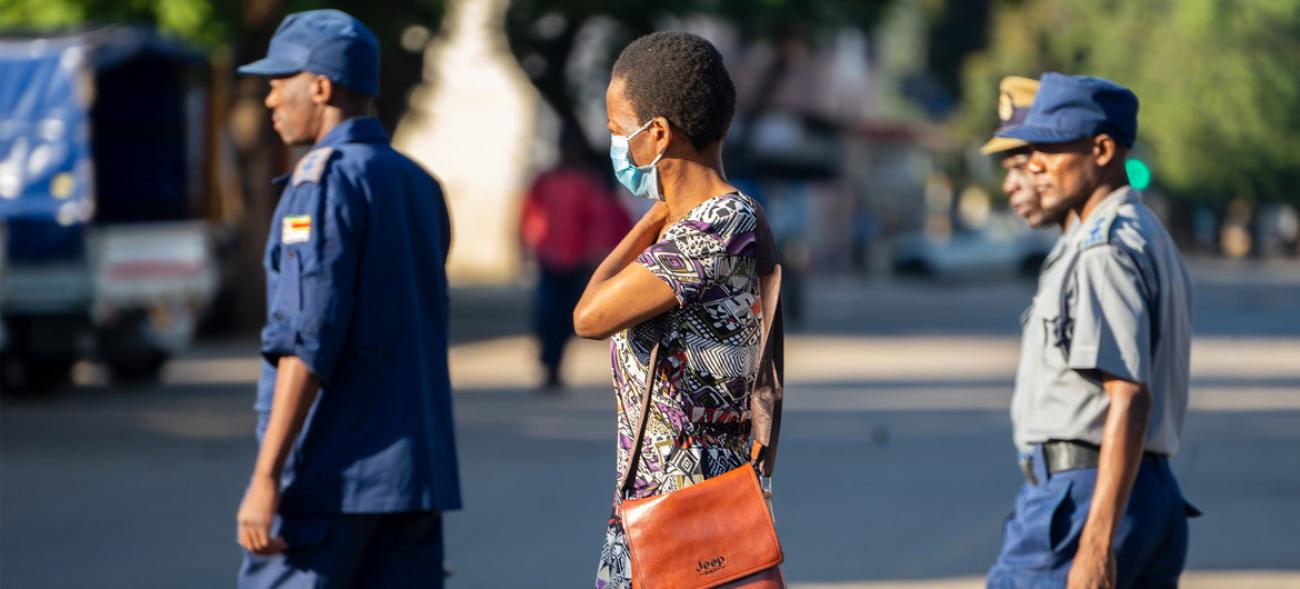Still much to learn about new coronavirus: WHO

Research is ongoing to determine how the virus that causes COVID-19 can be transmitted by people who show no symptoms of the disease.
Research is ongoing to determine how the virus that causes COVID-19 can be transmitted by people who show no symptoms of the disease, the head of the World Health Organization (WHO) told journalists on June 10.
The UN agency has clarified information shared earlier this week, noting that there is still much to learn about the new coronavirus.
“Since early February, we have said that asymptomatic people can transmit COVID-19, but that we need more research to establish the extent of asymptomatic transmission. That research is ongoing, and we’re seeing more and more research being done”, said WHO chief, Tedros Adhanom Ghebreyesus, speaking during his latest press briefing.
“But here’s what we do know: that finding, isolating and testing people with symptoms, and tracing and quarantining their contacts, is the most critical way to stop transmission. Many countries have succeeded in suppressing transmission and controlling the virus doing exactly this.”
'Learning as we go'
During the WHO briefing on Monday, epidemiologist Dr. Maria van Kerkhove, WHO’s technical lead for COVID-19, answered a journalist’s question about asymptomatic transmission, stating that it was “very rare”.
Dr. van Kherkove later clarified that this was based on a few preliminary studies, and that she was trying to articulate what is known now.
“By definition, a new virus means that we’re learning as we go”, said Tedros. “We have learned a lot, but there’s still a lot we don’t know.”
He said communicating complex science in real time about a new virus is not always easy, “but we believe it’s part of our duty to the world. And we can always do better.”
COVID-19 and seasonal variation
Although winter historically signals the start of flu season, health experts are not yet certain how the new coronavirus will react under the same conditions.
“Right now, we have no data to suggest that the virus will behave more aggressively, or transmit more efficiently, or not”, said Dr. Michael Ryan, head of WHO’s emergencies programme, responding to a journalist’s question about the start of winter in the southern hemisphere.
Similarly, there is no data on whether the virus will respond differently under summertime conditions.
Dr. Ryan said while warmer weather tends to draw people outdoors, air conditioning also allows them to spend more time inside.
“There may be risks that are driven by climate that aren’t specifically related to the viruses themselves, but are more specifically related to the human behaviours that are driven by temperature or driven by the season,” he said.
“But at this point, just to be clear, we have no indication as yet how the disease will behave in future.”
Latin America remains a concern
Meanwhile, WHO remains deeply concerned about what Dr. Ryan called the “persistent and progressive” increase in COVID-19 cases in Central and South America.
“We need to focus on containing and stopping and suppressing that disease. And if changes in the climate assist in that, that’s great news”, he said, underlining the value of public health measures aimed at halting further spread.
“But we cannot rely on an expectation that the season, or the temperature, will be the answer to this.”

